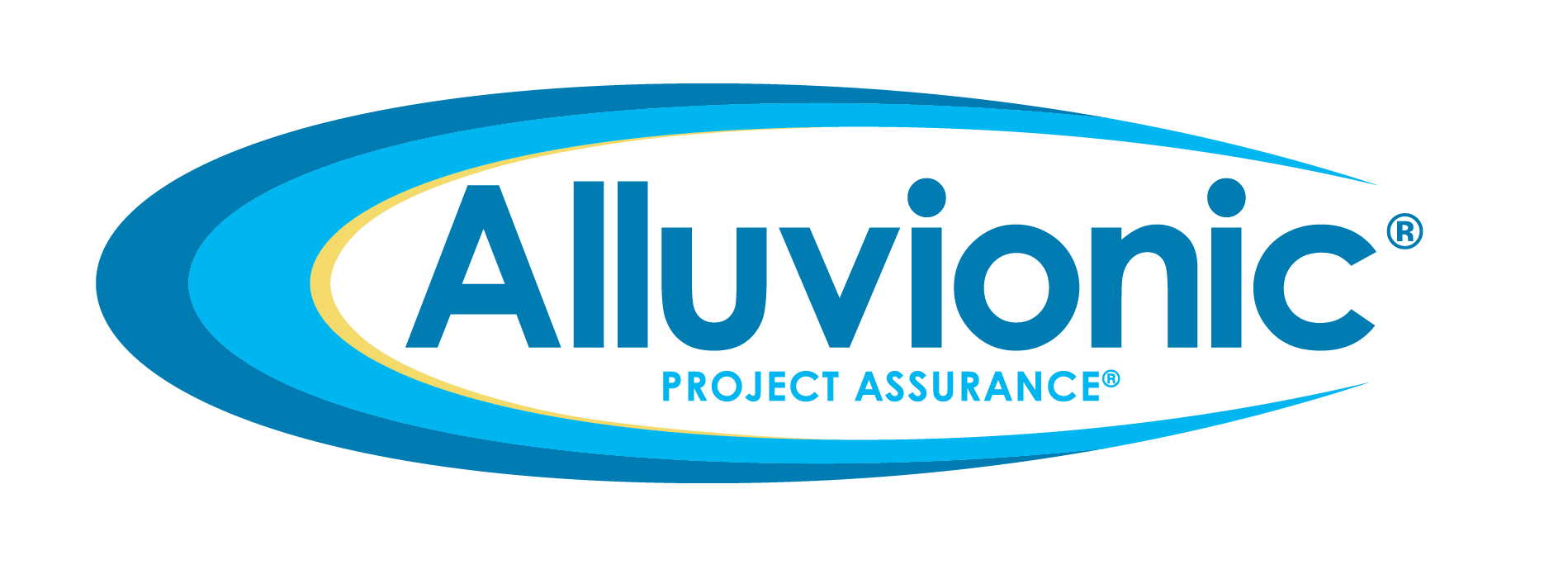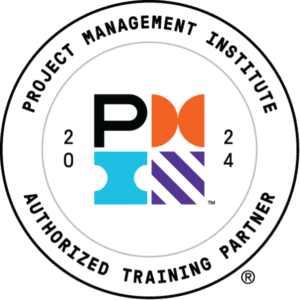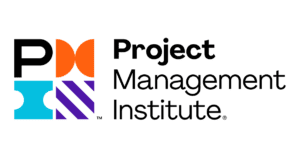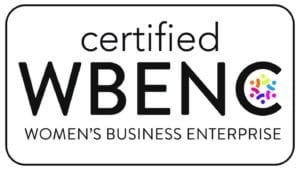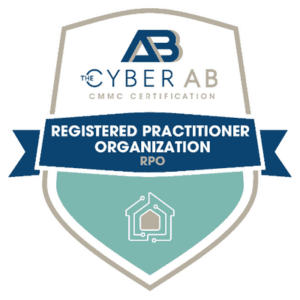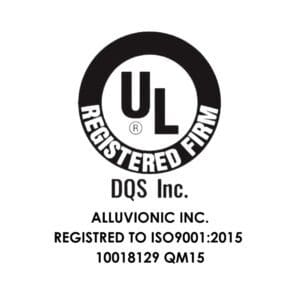Home » Process Improvement » ISO 9001 Certification Overview » ISO 9001 Internal Audits
ISO 9001 Internal Audits
Using Internal Audits to Drive Improvement, Reduce Risk, and Build Accountability
- ISO 9001 certification is not a one-time achievement.
- It is a continual commitment to quality, operational discipline, and ongoing improvement.
- Regular internal audits are more than just a compliance requirement; they are one of the most valuable tools for identifying gaps, mitigating risks, and promoting a culture of accountability and excellence.
- Effective internal audits follow a cycle that includes planning, execution, reporting, corrective action, and follow-up.
- Internal audits are a powerful mechanism for driving accountability, identifying meaningful improvements, and sustaining compliance with ISO 9001.
- Alluvionic supports clients at every stage of the ISO 9001 journey.
- Whether you are beginning your certification journey or looking to enhance your existing QMS, Alluvionic provides the structure, knowledge, and support to help you succeed.
Turn Audits Into Opportunities for Improvement
Maintaining Compliance and Driving Process
ISO 9001 certification is not a one-time achievement. It is a continual commitment to quality, operational discipline, and ongoing improvement. At the heart of this commitment lies the internal audit process—a systematic, structured approach for evaluating whether your quality management system (QMS) is functioning effectively, meeting the requirements of ISO 9001, and supporting the broader goals of your organization.
Regular internal audits are more than just a compliance requirement; they are one of the most valuable tools for identifying gaps, mitigating risks, and promoting a culture of accountability and excellence. Internal audits are a cornerstone of continual improvement and a key input into strategic decision-making.

What Are Internal Audits in ISO 9001?
Internal audits are formal reviews conducted within an organization to assess the effectiveness of its QMS and its alignment with ISO 9001 requirements. They help determine whether:
- Processes are conforming to planned arrangements
- The QMS is effectively implemented and maintained
- Opportunities for improvement exist
According to Clause 9.2 of ISO 9001:2015, organizations are required to “conduct internal audits at planned intervals” to ensure the QMS continues to meet both the requirements of the standard and the organization’s own quality objectives.
Unlike external audits conducted by certification bodies, internal audits are carried out by individuals within the organization or by qualified third-party consultants acting on behalf of the organization. This internal perspective allows for a more nuanced understanding of systems, context, and challenges.
Why Internal Audits Matter
- Maintain Compliance with ISO 9001
Internal audits ensure that the organization continuously meets ISO 9001 requirements. This is essential for maintaining certification status and demonstrating to external auditors that your QMS is actively monitored, reviewed, and improved.
Failing to conduct effective internal audits can lead to major non-conformities during surveillance or recertification audits, potentially resulting in suspension or loss of certification.
- Ensure Process Integrity and Consistency
Audits provide a reality check: Are teams following documented procedures? Are those procedures still effective? Over time, process drift can occur as teams adapt workflows or respond to unanticipated challenges. Internal audits help identify these gaps and realign practices with documented standards.
- Promote Risk-Based Thinking
ISO 9001:2015 emphasizes the importance of identifying and addressing risks and opportunities. Internal audits help surface risks related to quality, compliance, and performance, often before they escalate into more serious issues.
By proactively identifying weak points or potential failures, internal audits support preventative action, not just corrective action.
- Drive Continual Improvement
One of the key goals of ISO 9001 is to foster a culture of continual improvement. Internal audits are not just about identifying what went wrong but about asking what could be better. They provide a structured feedback loop for refining processes, improving customer satisfaction, and increasing efficiency.
In organizations focused on transformation, like ours, this mindset is central. We leverage audits not just to check boxes but to uncover insights that help evolve systems, tools, and behaviors.
- Empower Cross-Functional Accountability
When properly structured, internal audits create opportunities for collaboration and transparency across departments. Teams gain visibility into how their processes connect to broader organizational goals and where improvements can be made. This reinforces quality as a shared responsibility.

How Internal Audits are Conducted
Effective internal audits follow a cycle that includes planning, execution, reporting, corrective action, and follow-up.
Step 1: Audit Planning
An internal audit schedule is developed based on the significance and complexity of the processes, recent changes, previous audit results, and risk considerations. Audit criteria, scope, frequency, and methods must be defined in advance.
Planning also involves selecting trained auditors who are objective and impartial with respect to the areas they audit.
Step 2: Preparation and Documentation Review
Auditors review applicable procedures, work instructions, past non-conformities, corrective actions, and relevant performance data. This preparation ensures they understand what to expect and what evidence is required.
Step 3: Audit Execution
The auditor conducts interviews, reviews records, and observes processes in action. Their goal is to determine whether:
- Processes are being followed as documented
- Outputs meet defined requirements
- Data supports performance claims
- Risks are being managed appropriately
Auditors must gather objective evidence and document both conformities and non-conformities, avoiding assumptions or unsubstantiated conclusions.
Step 4: Reporting and Communication
The audit findings are compiled into a formal report. This includes:
- Summary of the audit scope and criteria
- Details of non-conformities, observations, and opportunities for improvement
- Recommendations for corrective or preventive action
Audit results should be communicated to management and process owners promptly and clearly.
Step 5: Corrective Actions and Follow-Up
Where non-conformities are found, corrective actions must be developed, implemented, and verified for effectiveness. QA teams typically oversee this process, ensuring that root causes are addressed and not just the symptoms.
Follow-up audits may be conducted to confirm that issues have been resolved and that improvements are sustained.
Best Practices for ISO 9001 Internal Audits
To gain the full value from internal audits, organizations should:
- Integrate audits into the management cycle. Don’t treat audits as isolated events; use them to inform reviews, planning, and performance monitoring.
- Ensure auditor competence and impartiality. Auditors must be trained not only in auditing techniques but also in ISO 9001 principles and the organization’s context.
- Focus on process effectiveness, not just conformity. Ask whether processes are delivering results, not just whether they’re being followed.
- Encourage constructive engagement. Avoid a punitive tone. The goal is learning, not blame.
- Document and track trends over time. Look for recurring issues, systemic weaknesses, or consistent best practices that can be replicated.
Strengthening Your Internal Audit Program with Expert Support
Internal audits are a powerful mechanism for driving accountability, identifying meaningful improvements, and sustaining compliance with ISO 9001. But the true value comes not just from checking conformity, it’s in asking the right questions, uncovering systemic issues, and translating findings into action.
For many organizations, engaging a third-party partner to conduct or supplement internal audits brings an added layer of objectivity, expertise, and focus. At Alluvionic, we support companies in building audit programs that do more than meet requirements—they strengthen the foundation for long-term operational excellence.
To learn how we can help enhance your internal audit process and ensure lasting value from every audit cycle, contact our team.
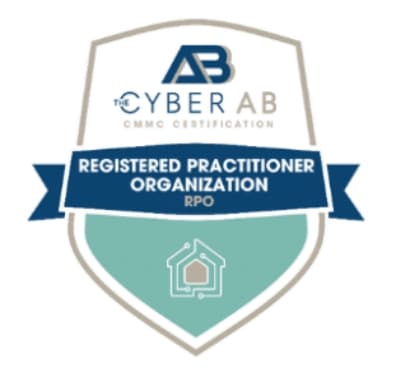
Start Your ISO 9001 Journey With Confidence
Achieving certification is easier with the right partner. Connect with us to see how Alluvionic’s hands-on approach can help your organization meet ISO standards.
Read The Latest Process IMprovement NEWS

Making Change Work for Real Teams
Change. That little word that sparks excitement in leadership meetings and fear in just about everyone else. That’s where Organizational Change Management (OCM) comes in. More than just a buzzword,

How BAC Achieved ISO 9001 and AS9100 Certification with Alluvionic’s Support
Brevard Achievement Center (BAC), a nonprofit that helps people with disabilities through job training, employment, and community programs, wanted to improve how they work and grow their business by earning

From Gut Feelings to Data-Driven Decisions: How Digital Transformation Maximizes Efficiency
The landscape for businesses is constantly evolving. With new technologies, changing expectations, and an ever-increasing push for efficiency, companies and the government are being urged to modernize their operations. In
Whether you need project management, process improvement, cybersecurity, product development, training, or government services, Alluvionic has the expertise to provide Peace of Mind and Project Assurance®.
